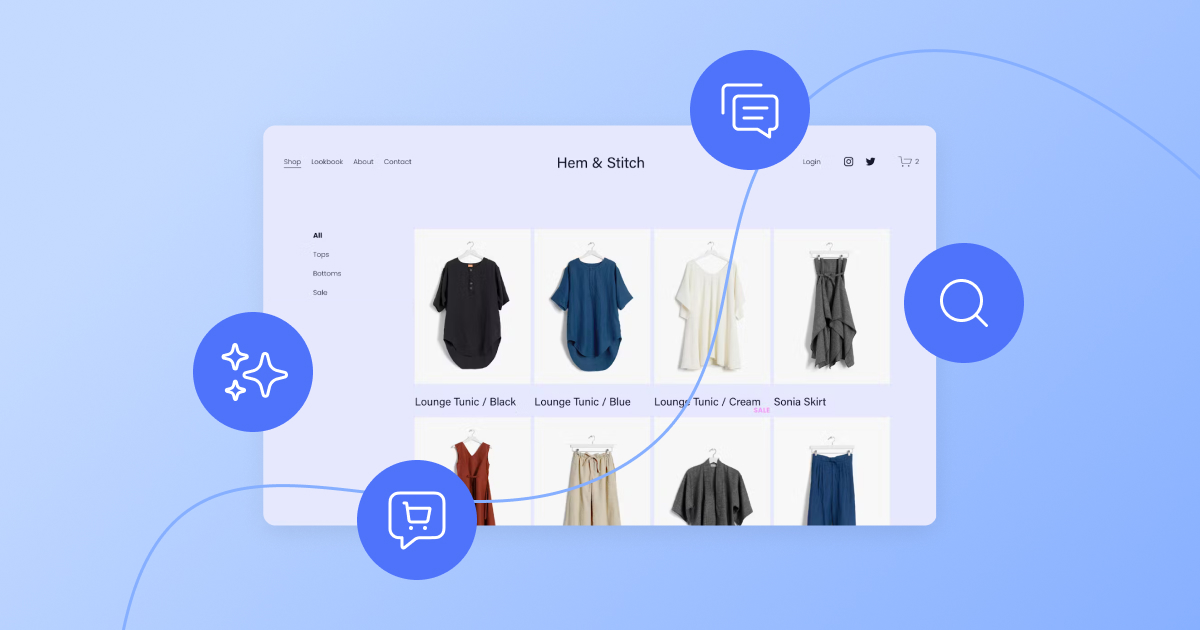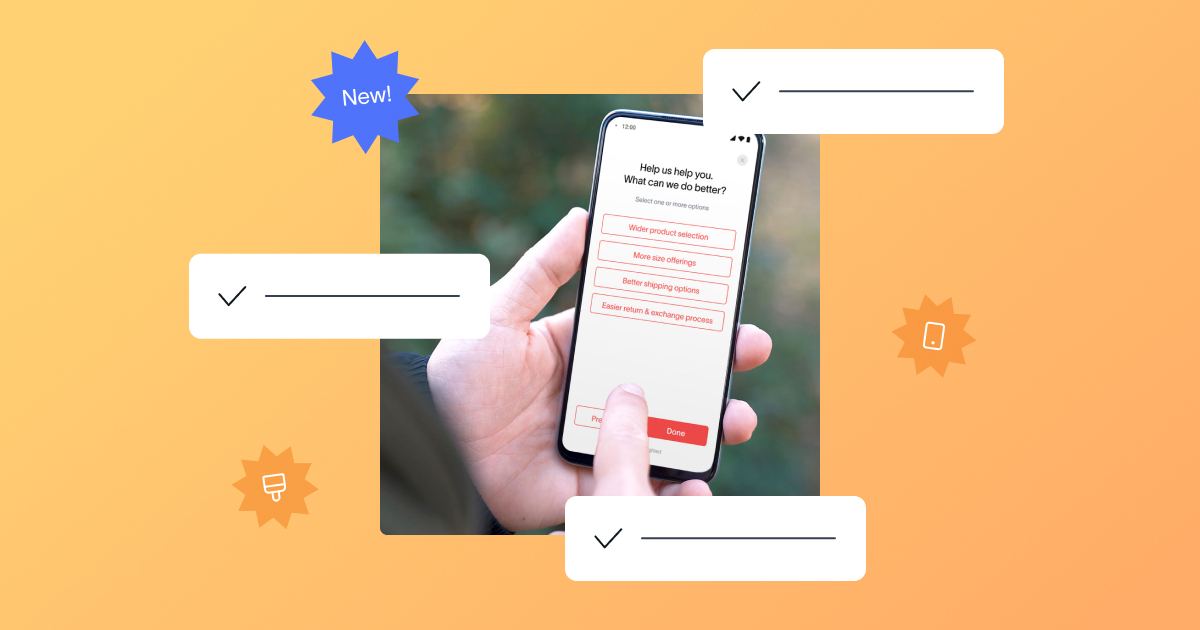Have you ever gushed to your friends about how happy you are with your new job? Or, ever donned a company-branded tee when running errands? Perhaps you’ve posted on LinkedIn about a project your team just wrapped up, and how proud you are to work with such a motivated and talented group of people?
If you’ve done any of those things, you’ve been an employee advocate. Likewise, if you’ve been the friend hearing about the great new job, meeting up with the person donning the company swag, or reading the social media post – and thought, “Wow, that sounds like a great place to work” – you’ve experienced employee advocacy, too.
As an employer, employee advocacy heightens the visibility of your brand, increasing your footprint with potential customers and employees alike. Given this, you want to get employee advocacy right.
To help, we’ve taken a closer look at what employee advocacy is, the types and benefits of employee advocacy, plus shared our top tips for how to improve employee advocacy at your organization.
Let’s dig in.
What is employee advocacy?
From content shared about your company to real-life conversations about your brand, employee advocacy is everything your employees do and say that represents what it’s like to work for your company.
In other words, the employee advocacy definition is the act of social selling and advocating for your brand: giving friends, family, and even strangers on the internet a behind-the-scenes look at a day in the life of being employed at your organization.
And while advocacy, by definition, means public support for or recommendation of a particular cause or policy [1], you also want to make sure the members of your team are representing your organization and industry in the right way.
Getting employee advocacy right is important to your company, your brand, and your bottom line.
What are the types of employee advocacy?
Employee advocacy can take many forms, as it’s often a natural extension of an employee and the work they do. Likewise, employee advocacy programs will vary for organizations in different industries, and of different sizes.
Some types of employee advocacy include:
- Posting about what it’s like to work for your company on social media networks
- Using one’s personal brand to amplify the company’s brand (this can take place on social media accounts, in a media interview, and so on)
- Attending or speaking at an event or conference on behalf of the organization
- Being a guest on a podcast or webinar to talk about your company
- Talking to family and friends about the benefits of working at your company
- Wearing company-branded gear or utilizing swag (e.g., a reusable water bottle, tote bag, t-shirt, etc.) in public
Remember: There’s no one right way to be an employee advocate. Likewise, there’s no one right way to get started building an employee advocacy program. What matters most is identifying what tactics will reach the audience you intend to, in a way that feels authentic to your employees.
What are the benefits of employee advocacy?
In all likelihood, the audience you want to reach is potential new employees (i.e., job applicants) and customers. A successful employee advocacy program will help you connect with relevant leads in a way that feels natural and organic.
Employee advocacy programs also:
- Bolster your marketing efforts, especially on social media. (More on both, below.)
- Increase word of mouth, boost brand awareness, and educate people about what it’s like to work for your company.
- Help attract top talent. People trust what their peers say over branded messaging. When a top performer at your company says it’s a great place to work, like-minded talent will want to work there, too.
- Improve employee engagement and retention. A good company culture, one where employees’ voices are heard and their value is recognized, is a major differentiator in the war for talent.
- Drive better business results. According to Gallup, high team engagement contributes to 21% greater profitability and those teams who score in the top 20% in engagement realize a 41% reduction in absenteeism and 59% less attrition [2].
- Support a better customer experience. The same Gallup study found that high workplace engagement contributes to a 10% increase in customer ratings and a 20% increase in sales [3].
How to improve employee advocacy
Now that you know the benefits of employee advocacy, it’s time to take action and get started building a successful employee advocacy program at your organization.
Here are four ways to get started.
1. Establish an employee advocacy platform
If your organization does not yet have a formal employee advocacy program, it’s time to establish one. You can do this by setting goals around what you’d like the program to accomplish, creating incentives for employees to get involved, and then communicating the program to all employees.
Incentives for participating can look like:
- Internal recognition. Some companies gamify their employee advocacy strategy and allow employees to earn points for sharing content on social media, for example.
- Gift cards. Who wouldn’t love to earn a gift card to the retailer or restaurant of their choosing for talking about their company on social media? (Answer: everyone would love this.)
- Personal branding. Sharing industry-related and company content can help bolster your employees’ profiles on platforms like LinkedIn.
2. Use surveys to ask for employee feedback
An employee survey is a straightforward employee advocacy tool. As a fast way to engage with your employees, surveys provide the opportunity to discover why employees are or aren’t advocating for your brand.
With an employee Net Promoter Score (eNPS) survey, you can gather employee insights and determine how likely an employee is to recommend your workplace to a friend. The quick and easy eNPS survey template asks employees to share the “why” behind their answer in a free response question.
Then, you can use Additional Questions to dig deeper into what they think you can do to build a successful employee advocacy program and use their verbatim suggestions during advocacy action-planning.
Finally, close out your survey with a Thank you page. In a customized message, remind them that their opinions are valued and that your organization takes their roles as employee advocates seriously.
Tip: You can learn more about how to customize your eNPS survey here.
3. Create content for employees to share
Nowadays, most brands create content, whether it’s blog posts, eBooks, infographics, or videos, that their marketing and sales teams use for their own purposes. One way to improve your employee advocacy program is to not only encourage employees to promote this content, but to also make it easy for your employees to do so.
That is, create a content repository with pre-written social copy that employees can access and, with a few clicks, share your branded content or company news to their own social media channels.
This scenario is a win-win. You provide employee advocates with a well-crafted message to share with their followers, and you get more bang for your buck from the assets your content and design teams worked hard to create.
4. Encourage employees to be active on social media
Sharing branded content is just one way to encourage your employees to be brand advocates on social media. You should also encourage them to post about their personal experiences working for your company, particularly on professional social networks like LinkedIn.
They could talk about:
- Their (positive) experience interviewing with and joining your company
- Individual or team wins
- Your company culture, mission, and values
- What the employees participated in outside of work; for example, if your company offers time off for volunteering, encourage them to share how they spend that time and the causes they support
Likewise, encourage managers to use social media platforms like LinkedIn to publicly recognize employees and show their appreciation for their team’s hard work. This helps support employees’ desire to be recognized, as well as reinforces their advocacy efforts in a public forum.
Whether you’re looking to create a new employee advocacy program at your company or revamp your existing one to encourage better participation and engagement, you now have the tools you need to get started on your employee advocacy journey.
By encouraging employees to share the great content you create on social media, asking for their feedback on how to improve, and incentivizing their participation, you can build a successful employee advocacy program – one that supports employee engagement and retention, helps attract new talent, improves the customer experience, and ultimately, delivers better business results.
Start gathering employee feedback with Delighted eNPS.
Get started fostering an employee advocacy program that drives results today!
References
[1] Merriam-Webster
[2] Gallup
[3] Gallup







